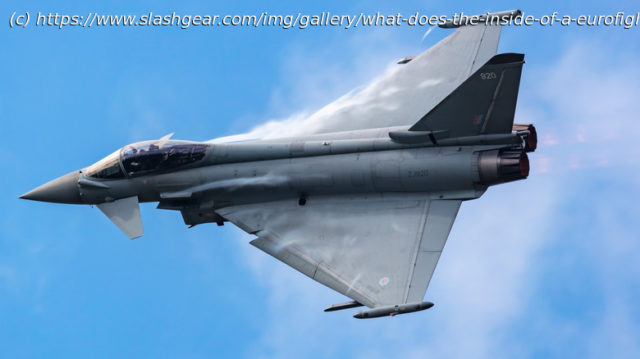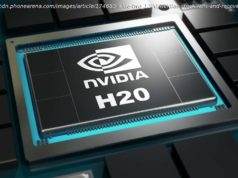A major component of the Eurofighter’s cockpit is the HOTAS (hands-on throttle and stick) with DVI (direct voice input), letting the pilot use voice commands.
Actively in service with many European military forces, the Eurofighter Typhoon is one of the best fighter planes and jets of all time. However, if you were suddenly thrown into the cockpit of this 4.5 generation fighter aircraft, without extensive training, overwhelmed would likely be the best word to describe your experience. The first thing you might notice is the large oval-shaped HUD (heads-up display), at eye level directly in front of you. This HUD provides real-time data, such as flight vector, targeting, and weapon sensors, which are visible in the Typhoon even when using night vision or laser eye protection.
Among the myriads of buttons and dials as you scan below the HUD, you’ll see the Eurofighter’s MHDD (multi-function head down displays). Essentially, this system is comprised of three square screens for the pilot to glean crucial data. The Typhoon MHDD can be set up manually, or it can automatically select the appropriate configuration from various formats to fit different mission requirements.
Another major component of the Eurofighter’s cockpit is the HOTAS (hands-on throttle and stick), which allows the pilot to control the movement of the jet precisely. However, this jet incorporates DVI (direct voice input), transforming it from a HOTAS to a VTAS (voice, throttle, and stick) system.






